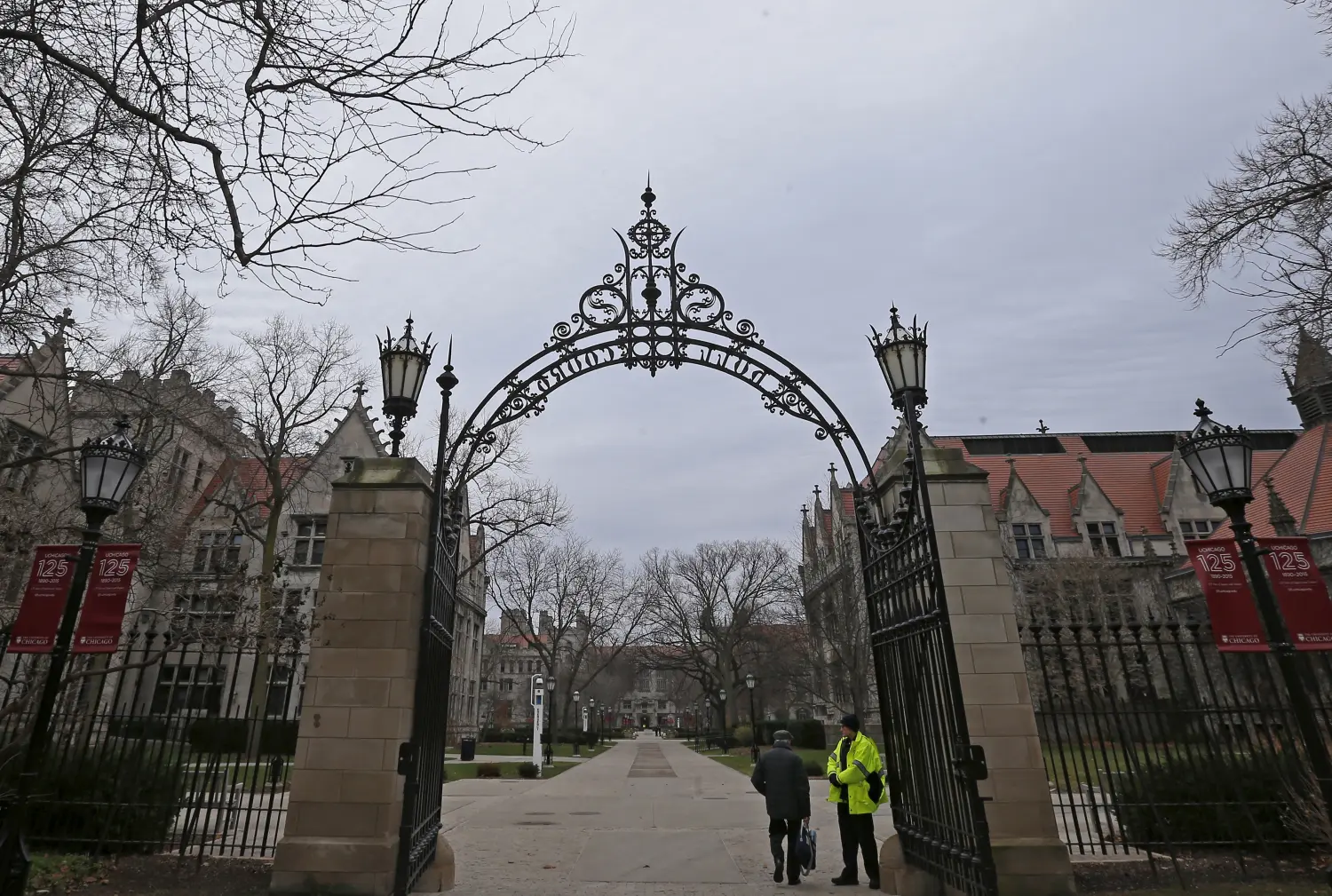Increasing the number of low-income adults going to—and through—college is an important step towards greater social mobility and reduced income inequality. College is also an important tool for tackling race gaps. But the challenge is not just about quantity: college quality counts for a good deal, too.
In this long memo I show that:
- Parental background (income and education) is becoming less important as a predictor of college attendance;
- But race gaps in attendance and completion are holding steady or even increasing;
- Black, Hispanic, and first-generation students attend lower quality colleges on a number of indicators; and
- Gaps in college quality have not decreased in recent years, with black and first-generation students seeing little improvement in terms of quality
Black, Hispanic, and first-generation students attend lower quality colleges on a number of indicators
Progress towards racial equality required improvements in both access to college—an issue related to price and financing—but also to the quality of college attended, a more complex issue, related to disparities in cumulative educational experiences.
College attendees are drawn from lower income ranks than previously…
In the mid-1980s, the typical family of a college student had an income at the 70th percentile—making them richer than 7 out of 10 families. But this benchmark has been falling rapidly, so that by the 2000s the typical family of a college student was right in the middle of the national income rank for families with high school students:

This trend is consistent with research conducted by Raj Chetty and his colleagues using IRS data to conclude that income has become less important in predicting college attendance. In part, the trend reflects the growing importance of non-traditional students—especially older students who are not subsidized by their parents and are not dependent on their parents for tax purposes. But it seems as if the pattern holds among traditional college students, too, as the figure shows.
Parental education is also becoming less important in predicting college attendance. Federal data from the Department of Education and College Scorecard shows that students are increasingly likely to borrow from the federal government (up from 38 percent in 2000 to 47 percent in 2012), and that federal borrowers are increasingly likely to be first-generation students (from 15 percent in 1997 to about 37 percent in 2013).[i] Taken together, these trends strongly suggest that students from families in which no parent went to college make up an increasing large share of all college students.[ii]
Race gaps are not narrowing, and may even be widening
But most of the benefits of wider college access appear to be flowing to white and Asian students. Among adults aged 25 to 30, 80 percent of Asians and 72 percent of whites have attended college, compared to just 58 percent of blacks and 45 percent of Hispanics. Over the last quarter of a century, gaps in attendance have remained unchanged for blacks, and have widened for Hispanics. Meanwhile, the gaps in college degree attainment (at the level of Associate’s or higher) have grown since 1980, after falling during the 1970s:

Large race gaps in college quality
These racial differences in attendance and completion at the post-secondary level reflect, to a large extent, gaps at the pre-secondary level. Black, Hispanic, and low-income children attend lower quality elementary and secondary schools, as measured on a number of important dimensions—such as test score performance and teacher experience. But this cumulate quality gap does not disappear at the college level.
Of course assessing the quality of a college is far from simple. But a good starting point is to look at the financial successes and stresses of alumni.
Consider three such quality measures:
- graduation rate
- earnings after attendance
- default rate on federal student loans
On each of these measures, black, Hispanic, and low-income students attend colleges with significantly worse outcomes than white, Asian-American, and foreign students.
The average black undergraduate is enrolled in a college with a graduation rate rank in the 40thcentile of all colleges, compared to the 55th centile for whites, and with a default rate that is 50 higher. Median alumni earnings six years after attendance are almost 10 percent higher at the colleges attended by the average white student:

First-generation borrowers—students with federal loans whose parents did not attend college—are more likely to attend colleges with moderately high earnings outcomes but extremely poor graduation and loan default outcomes.
Another way to look at gaps in quality is to examine the chances of attending one of the poorest performing colleges, defined here as the bottom quartile. On all three quality measures, black, low-income and first-generation students are more likely to be in a low-ranking institution: 43 percent of black students and 46 percent of first-generation students attend colleges in the bottom quartile on default rates, for example:

Some of these differences reflect the different composition of students at these colleges. Using 2013 data, for example, the average black undergraduate enrolls at a college at which roughly one-third (32 percent) of students are black and nearly one-half come from low-income families (50 percent are Pell recipients); for whites, these rates are just 11 percent and 38 percent, respectively.
At the same time, there is strong evidence (some of which I reviewed here) that low-income and black students do better at more selective colleges (where students do better on the three outcomes highlighted above) compared to students with similar academic credentials who attend less selective colleges.
Race gaps in college quality gaps are not improving
These gaps might cause less concern if they were narrowing. But this does not appear to be the case. The picture varies for different groups and for different quality measures. But overall, the quality gaps are persisting over time.
Hispanics seem to be attending better colleges in terms of alumni earnings than in the late 1990s. But gaps separating blacks and whites have not narrowed:

College quality in terms of default rates, has improved for most groups—first-generation borrowers being the big exception—with a particular marked upward trend for Asians. But overall, race gaps have remained wide:

A similar overall pattern can be seen in terms of graduation rates, with first-generation student borrowers moving towards lower quality colleges, a flat trend for blacks, and a slight improvement for Hispanics:
FOR COLLEGE, QUALITY COUNTS AS MUCH AS QUANTITY
Many of the presidential candidates have been discussing the problem of college affordability. This implies that the main problem is one of access. In fact, access to college has been increasing for first generation students and low-income families, especially those from white and Asian backgrounds. Of course, there is still a long way to go: there remain large and persistent gaps in college attendance by race.
Access to college has been increasing for first generation students and low-income families, especially those from white and Asian backgrounds.
But simply going to college is not enough. A great deal hinges on the quality of the education on offer. First-generation, black, and Hispanic students are getting a lower-quality education than their more socially advantaged peers. Gaps in college quality reflect disparities in education in the preceding years, of course. But right now, if anything, the college years see those gaps widen even further—which puts the ideal of equal opportunity even further out of reach.
[i] This is calculated using two College Scorecard variables (debt_n and firstgen_debt_n). Since some schools report redundant loan totals for each campus, duplicates were first removed. Observations were coded as duplicates if the 6-digit OPEID, year, and number of students in debt were all reported identically across more than one campus at the same larger institution. This may introduce some errors but is preferable to explicitly counting duplicate debt numbers.
[ii] Assuming for sake of illustration that all first-generation students take out federal loans—which they do not—then the percentage of all students who are first generation went from 11 percent in 2000 to about 18 percent in 2012. In reality, the first generation shares are likely higher in every year.




